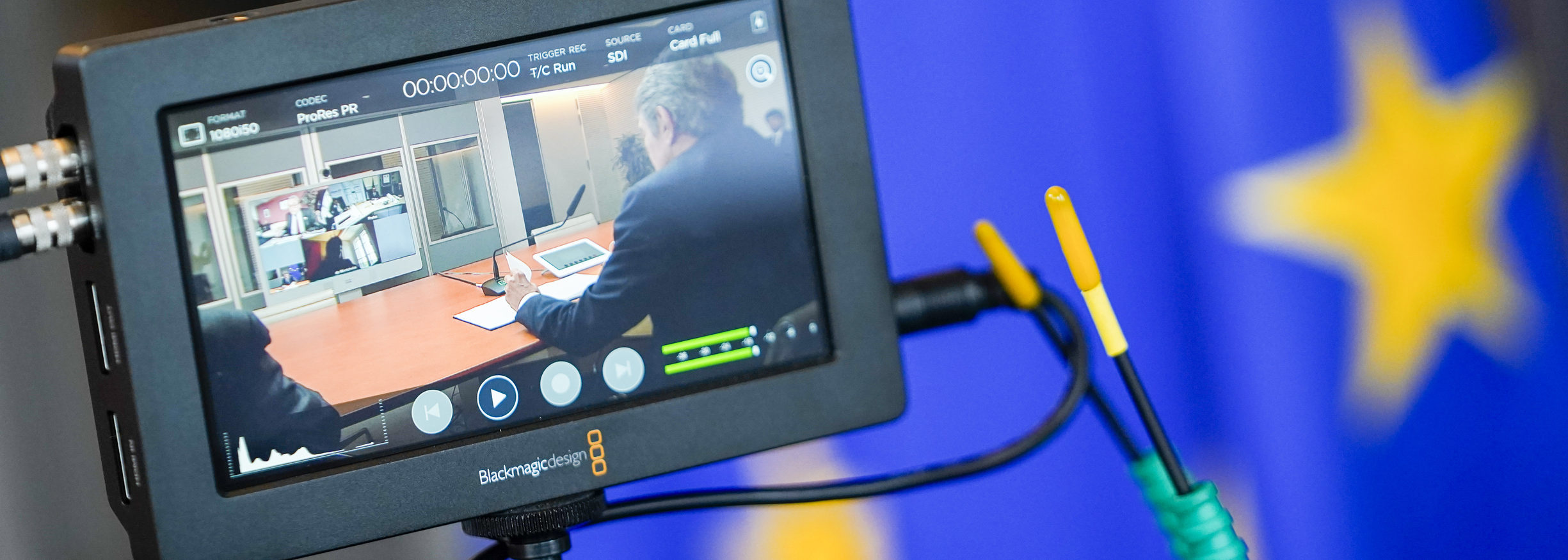Making peace with climate finance
25/03/2023

Public awareness of climate change is far outpacing political commitment to address it.
While in some places the gaps may be narrowing, it is not happening fast enough. This has increasingly worrying implications for peace, security, and crisis prevention.
The positive signs include the US Inflation Reduction Act which will boost investment in clean energy and the EU’s Green Deal to reduce greenhouse gas emissions by 55% by 2030.
But as a recent UNEP report underscores, things are still moving too slowly for billions of people — in particular, those in poor countries where climate change is exacerbating violent conflict and, in some cases, may be triggering it.
Fragile and conflict-affected countries — now 37 of them, according to the World Bank — typically face the triple threat: chronic war, chronic poverty, and severe climate impacts. They are on the front line of climate change, but back of the line in terms of access to climate finance.
The figures are stark. According to the UN, between 2014–2021, climate funding per capita to states categorised as extremely fragile averaged just $2 per person — such as Somalia and Yemen. To those that are fragile, such as Venezuela and Pakistan, it averaged $10 per person. This compares to $160 per person in non-fragile developing countries. The figures lag far behind what has been promised and what is needed.

Money is needed for critical resilience building or adaptation interventions. These include support for peaceful co-management of natural resources, to protect livelihoods, and, most importantly, helping people adapt to the changing climate, whether their way of earning a living, fortifying their homes, or making the decision to move.
Everything is challenging in resource-constrained contexts. Governments, local civil society, donors, and humanitarian actors are already struggling to provide emergency support to populations experiencing conflict, displacement, poverty, and devastated livelihoods.
Climate adaptation often falls to the bottom of the list. This is true even when climate change is already making the humanitarian or development situation worse.
Why is this a problem? In the 2030 Sustainable Development Agenda, the world committed itself to inclusive, sustainable growth for all and to leaving no one behind. The risks posed by climate change threaten to pull fragile and conflict-affected countries from their low starting point even further into crisis.
More worrying, from a security perspective, is that failure to address these issues will lead to increased instability in some of the most volatile regions of the world, specifically resource wars, insurgencies, and criminal resource extraction.
Failure to support adaptation or resilience building in these contexts can lead to mass population displacements as regions simply become uninhabitable — due to extreme heat or sea level rise, droughts, degraded water supplies, famine, and food insecurity.
Yes, there are serious risks inherent in directing funds to and programming in war-torn or fragile contexts. This makes it even more important to back those who have found ways to deliver meaningful results. Moreover, the risks of inaction are even greater — both for directly affected people and the rest of the world.
Political leadership is urgently needed to imagine and to market a way forward, plus the will to develop the mechanisms and risk appetite to direct more climate financing to extremely fragile and conflict-affected states. This will be far from easy — but it is essential at a time of competing crises and given that existing support to these fragile countries is already under threat.
There may even be a significant opportunity; climate responses in conflict-affected fragile countries can and should run alongside conflict resolution efforts — well-designed climate action can also serve as entry points to consolidate peace.
Projects in Sudan, Nepal, and elsewhere have demonstrated that conflict-sensitive climate adaptation approaches can enhance communities’ resilience to climate change and address root drivers of conflict, effectively contributing to peace. We need to capture, share and replicate best practices and mitigate the risks in order to incentivise climate finance actors to direct more investment to fragile and conflict-affected countries.
Success in attracting greater investment will require governments to integrate conflict sensitivity into their climate mitigation and adaptation approaches and to encourage more public-private partnerships to manage risks.

Development actors need new mechanisms and practices to permit climate action in these difficult contexts by envisioning new paradigms and learning from actors who successfully operate in them. Humanitarians cannot be expected to take on development and climate adaptation in conflict contexts by default because of the risk aversion of all other actors.
A better understanding of the dynamics and impact of climate change, environmental degradation, and the role of natural resources in conflict can be used to find new ways to bring divided parties together. Environmental peacemaking has significant potential to transform conflict and find avenues for reconciliation over shared natural resources or common environmental challenges.
The practice of environmental peace-making is nascent and has significant potential. We need to be more deliberate and creative about increasing access to climate finance for people in fragile settings. It will make all the difference.
Michael Keating is the Executive Director at the European Institute of Peace. The op-ed follows the publication in March, 2023 of the report “The Challenges of Climate Financing in Conflict Contexts.”
You can also read this article here.

